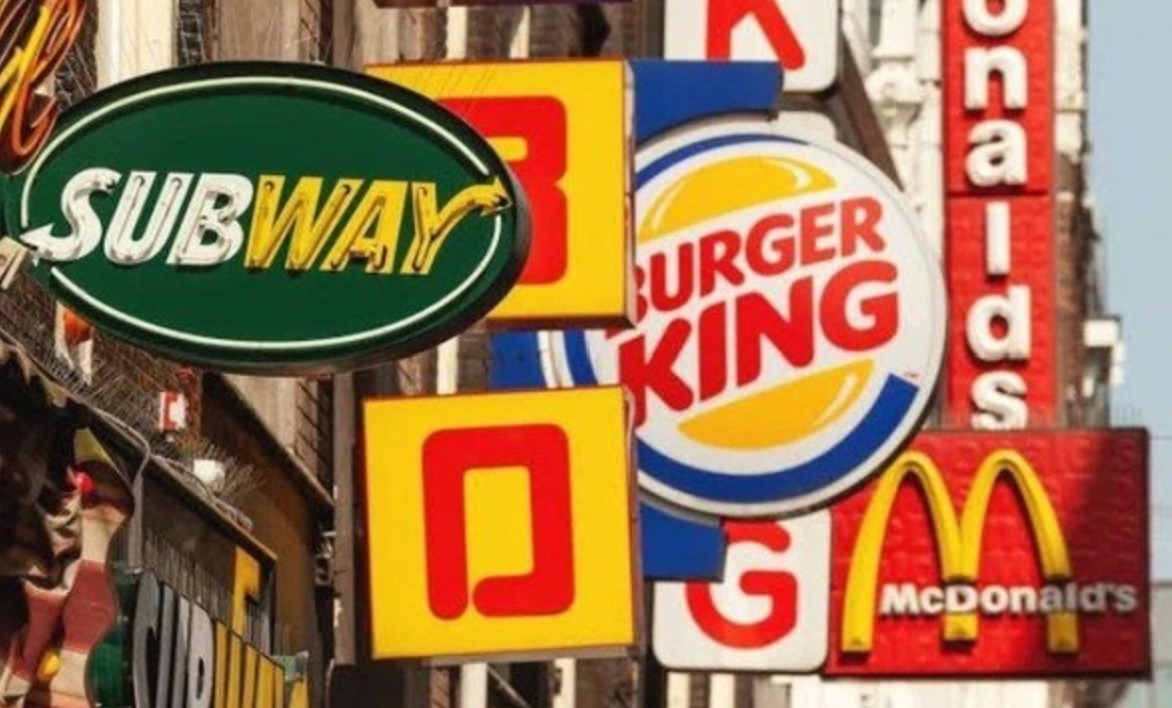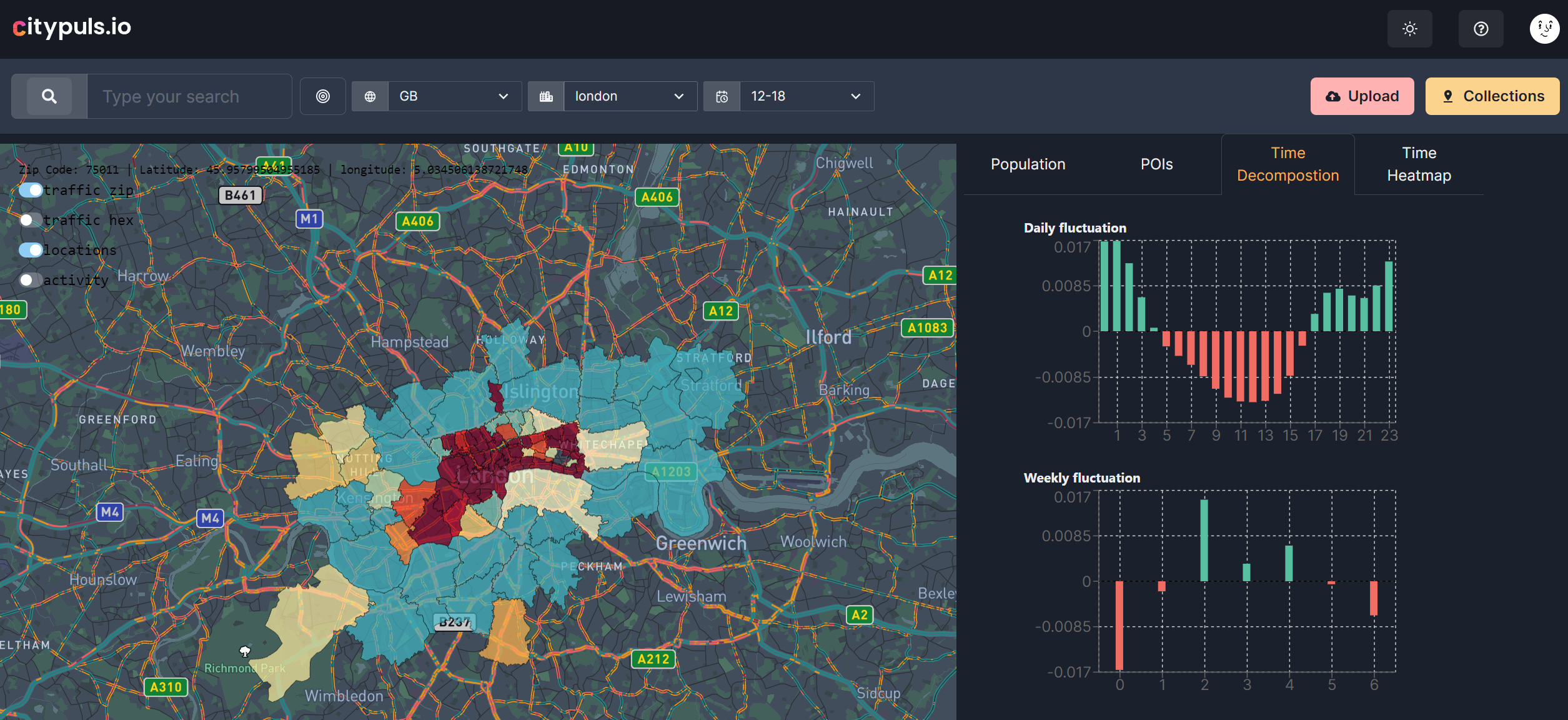
A Retail Strategy Unveiled
Opening stores close to competitors may seem counterintuitive, but it's a strategic move many retailers make. This retail location strategy, known as co-location or clustering, offers several advantages that can drive foot traffic and boost sales. Let's explore the reasons behind this tactic and why it's a savvy move for businesses in the competitive retail landscape.
One of the primary reasons competitors cluster together is tocapitalize on the existing foot traffic generated by other businesses in the area. When multiple stores offering similar products or services are located in close proximity, they create a destination hub that attracts more customers. This phenomenon, known as the agglomeration effect, increases the overall visibility and appeal of the area, benefiting all businesses involved.
This aspect ties closely with our piece on Temporal Pattern in mobility behaviour which delves into the broader concept of location intelligence.
Before setting up a new store, it’s crucial to understand the competitive landscape. Location intelligence can map out where yourcompetitors are located and how saturated the market is in your desired area. This information allows retailers to identify gaps in the market and target underserved areas, maximizing the potential for success.
Co-locating with competitors can help businesses share overhead costs associated with prime retail locations. Rent, utilities, and maintenance expenses can be distributed among multiple tenants, making it more affordable for each business to operate in a high-traffic area.
Competition breeds excellence, and having direct competitors nearby can motivate businesses to continually improve their products, services, and customer experiences. This healthy competition often results in better offerings for consumers and can spur innovation within the industry.
Anchor stores, such as major department stores or big-box retailers, can act as powerful magnets for foot traffic. By strategically locating near these anchors, smaller businesses can benefit from the steady stream of customers drawn to the area.
In addition to clustering with direct competitors, retailers may also choose to locate near complementary businesses that cater to a similar customer base. This strategy can create a synergistic effect, where the combination of businesses attracts more customers than each individual store could on its own.
A classic example of this is the pairing of Barnes & Noble bookstores with Starbucks coffee shops. Customers can enjoy a book while sipping their favorite beverage, creating a cozy and inviting atmosphere that encourages longer visits and potentially higher spending.

While clustering with competitors may seem counterintuitive, it's a strategic move that can drive foot traffic, increase visibility, and ultimately boost sales for retail businesses.
By understanding the advantages of co-location, retailers can make informed decisions about their location strategies and position themselves for success in a competitive market.
To gain a deeper understanding of how location intelligence can benefit your business, check out our article on Catchment Areas